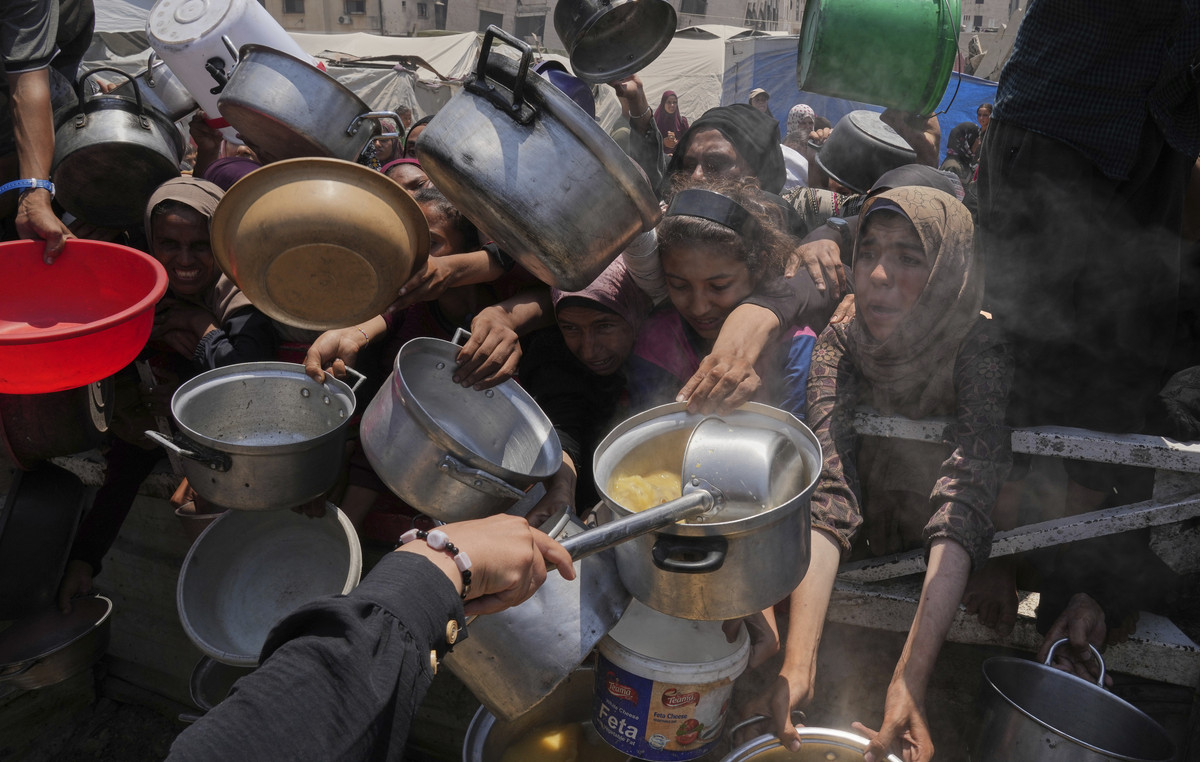Traces of microplastics found in 6 out of 10 semen samples of healthy men residing in Campania.
This is what emerged from an Italian study published in preprint on the Ssrn platform and presented to Congress of the Italian Society of Human Reproduction held in Syracuse from 25 to 27 May.
The discovery awakens worry for what could be the effects on general health and, in this case, on reproduction, caused by the presence of microplastics in human fluids and organs.
Specifically in this study, led by Doctor Luigi MontanoUroAndrologist of ASL Salerno, 10 semen samples taken from men residing in a polluted area of Campania were analyzed by Raman microspectroscopy to evaluate the presence of microplastics and to characterize them in terms of morphology (size, color and shape) and chemical composition.
From what emerged, in six of the ten samples analysed, they were found 16 microplastic fragmentsOf dimensions between 2 and 6 microns, i.e. smaller than a speck of dust. The chemical composition showed the presence of polypropylene (PP), polyethylene (PE), polyethylene terephthalate (PET), polystyrene (PS), polyvinyl chloride (PVC), polycarbonate (PC), polyoxymethylene (POM) and acrylic.
The origin of these fragments would seem to understand cosmetics, detergents, toothpastes, body creams, drinks, foods but also airborne particles. The ways of entry into the body – explained the authors of the study, Oriana Motta of the University of Salerno, Marina Piscopo, of the Federico II University of Naples and Elisabetta Giorgini, of the Polytechnic University of the Marches – can be thefeeding, breathing but also the skin route.
As for the most likely routes of transition to seed human they appear to be the epididymis and seminal vesiclesstructures more easily susceptible to inflammatory processes which can therefore favor greater permeability.
Already in January 2023, in the magazine Toxicsthe same research team had first identified microplastics in urine of residents of the northern area of Naples and Salerno.
Both studies are within the scope of project activities EcoFoodFertility conceived and coordinated by Dr. Luigi Montano. It’s about the first multicenter research of human biomonitoring which is involved in investigating, in various areas of high environmental risk, the presence of various environmental contaminants hey their effects on human health starting from reproductive health.
But what are microplastics?
There is currently no definition of microplastics (MP) internationally recognized, specifies the information site of the Istituto Superiore di Sanità. In general we speak of a heterogeneous mixture of materials of different shapes – fragments, fibers, spheres, granules, pellets, flakes or pearls – with dimensions from 1 micrometer (µm) to 5 mm (millimeters). But one works distinction between primary and secondary PMs.
The primary microplasticsspecifically, they are intentionally produced plastics in small dimensionsto be used, for example, in cosmetics – such as make-up products, detergents, toothpastes – but also in paints, abrasive pastes and fertilizers.
Defined ones secondary they are instead originated from weardeterioration and fragmentation of larger plastic materials, including synthetic fabrics and wheel tyres. In fact, the plastic present in the environment, often deriving from incorrect disposal of consumablesis subjected to very slow degradation processes by light, thermo-oxidative or biodegradation processes which weaken its integrity, leading to fragmentation into pieces smaller than 5 mm. It’s secondary microplastics which today constitute the largest share of MPs dispersed in the environment.
Microplastics: what are the health risks?
The risks to humans deriving from microplastics, specifies the Istituto Superiore di Sanità, can be physical, chemical or microbiological nature.
The risks physical are due to reduced size of MPs (and also of nanoplastics) That can cross biological barriers – such as the intestinal, blood brain, testicular barrier and even the placenta – e cause direct damage, in particular to the respiratory and digestive systemswhich are the first devices that microplastics come into contact with.
THE chemical risks Instead, they derive from presence of contaminants, present in microplastics. One aspect that should not be underestimated, in fact, is that MPs can be a vehicle for potentially dangerous organic or inorganic substances. There is currently little data on the presence and concentration of metals in MPs and associated contaminants. Lots of them though being endocrine disruptors (i.e. chemicals that can disrupt normal hormonal balance) can result damage to the endocrine systemto cause reproductive and metabolic problems both in children of parents who were exposed to microplastics during pregnancy, and in adulthood following exposure in the early stages of life.
The MPs they can then carry microorganisms attached to their surface able to cause illnesses: bacteria like Escherichia coli, Bacillus cereus And Stenotrophomonas maltophilia have been detected in microplastics collected off the coast of Belgium.
There is little data on the fate of MPs in the gastrointestinal tract, still specifies the Higher Institute of Health. The data available concern only absorption and distribution but transformation processes are not yet known (metabolic) and elimination. The passage to other organs seems to take place only for a limited fraction, smaller than 1.5 micrometres. However, experimental studies have shown that, once absorbed, microplastics accumulate in the liver, kidneys and intestines with the ability to cause oxidative stress, metabolic problems, inflammatory processes, as well as damage to the immune and neurological systems.
To date, the Istituto Superiore di Sanità still specifies, there is still little data available on the quantity of microplastics to which the population is exposedon the exposure routes, on the main targets and last but not least about the potential harmful effects on health. Precisely for this reason, the international scientific community is engaged in various research programs for broaden knowledge on the subject.
In search of lost fertility
Pollution, the consequences on the pressure of adolescents
Air pollution, Milanese children measured it with backpacks. And here’s what they found
Source: Vanity Fair
I’m Susan Karen, a professional writer and editor at World Stock Market. I specialize in Entertainment news, writing stories that keep readers informed on all the latest developments in the industry. With over five years of experience in creating engaging content and copywriting for various media outlets, I have grown to become an invaluable asset to any team.







